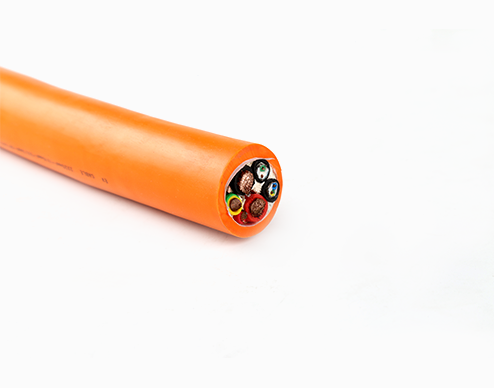
Reference technical specifications: CQC 1103, 1104, 1105
The highest continuous working temperature of the conductor: 70, 90 ℃
Minimum temperature of use environment: -25, -40℃
Applied to the charging connection between electric vehicle conduction charging systems
Electric vehicle conductive charging system cables are cables used to connect electric vehicle charging equipment to electric vehicles. The cables used in the electric vehicle conduction charging system produced by our company are made of high-quality annealed copper conductors, which ensure the superior conductivity and flexibility of the cables; the insulating materials and sheath materials selected are environmentally friendly, non-toxic, soft to the touch, anti-aging and solvent-resistant. , Weather resistance, but also has high-strength mechanical and electrical properties. The product structure is flexible and diverse, and can be combined according to actual needs. The main core wire is composed of 2-5 cores of 1-70mm2 conductors, and the signal line is composed of multi-core 0.5-2.5mm2 conductors. The signal line can be individually shielded or unshielded to meet different requirements environment and different charging system requirements. The cables for electric vehicle conduction charging system produced by our company are designed and inspected in strict accordance with CQC1103, 1104, 1105 technical specifications and TUV 2 PfG 1908, UL 62 standards.

| Conductor structure | load current | Rated voltage | Exterior color | ||
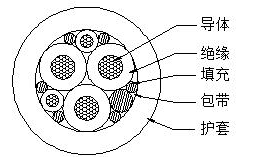 | single phase AC | 3×1~6mm2+0~2×0.5~1.5mm2 | 10~32A | 450/750V | black, orange or other colors |
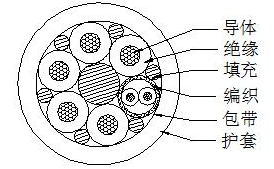 | Three-phase AC | 5×1~16mm2+2×0.5~1.5mm2 | 16~63A | 450/750V | black, orange or other colors |
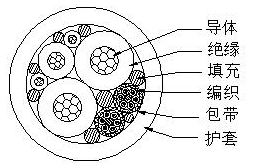 | DC fast charge | 2×10~70mm2+ 1×10~25mm2+2×4~6mm2+ 10~12×0.75~2.5mm2 | 80~250A | ≤1.0KV | black, orange or other colors |
Cable model and product representation
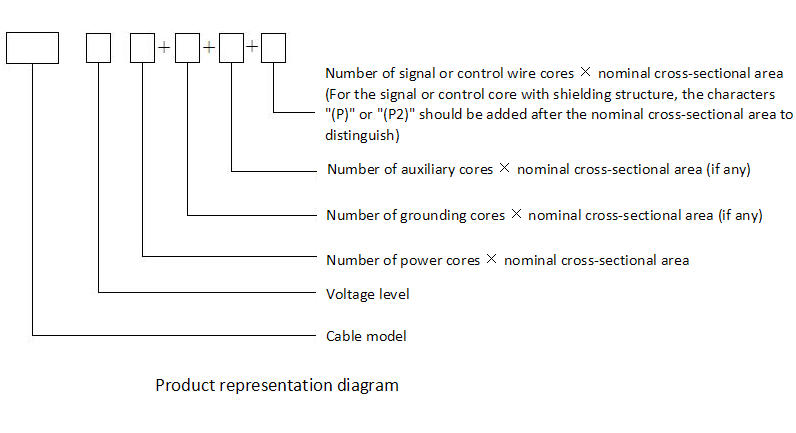
The cable model consists of: product code + conductor structure code + insulation material code + inner sheath (if any) material code + total shielding structure code + sheath material code
